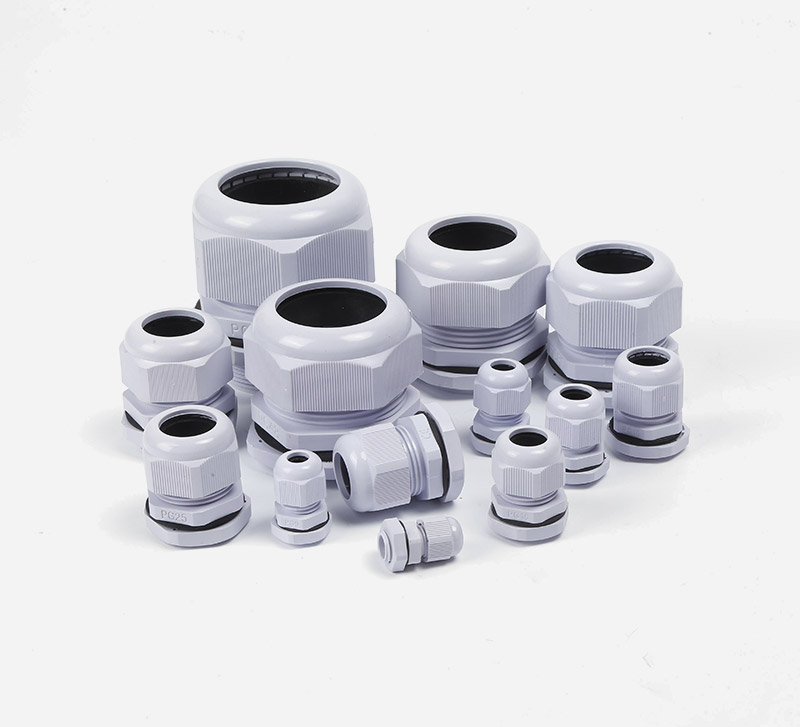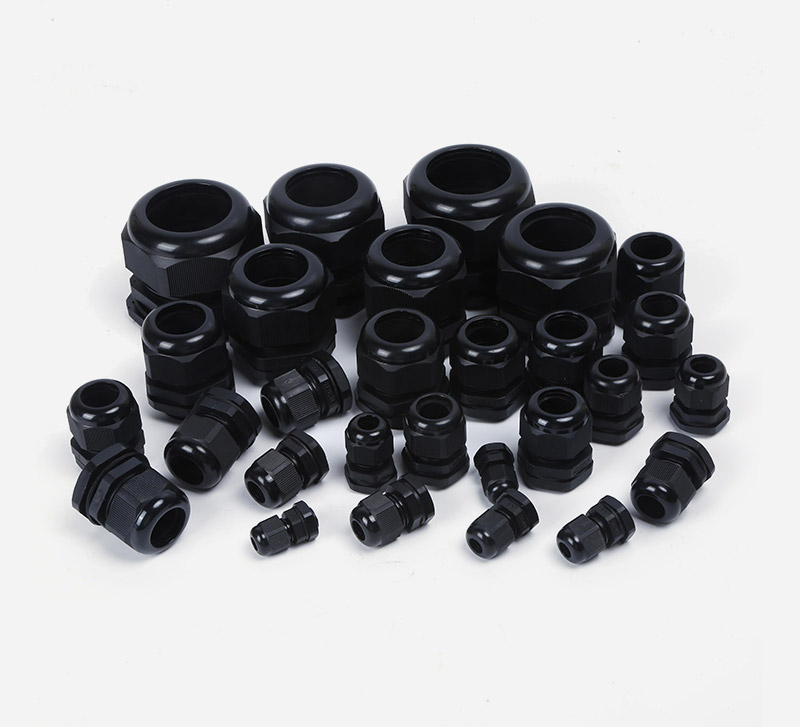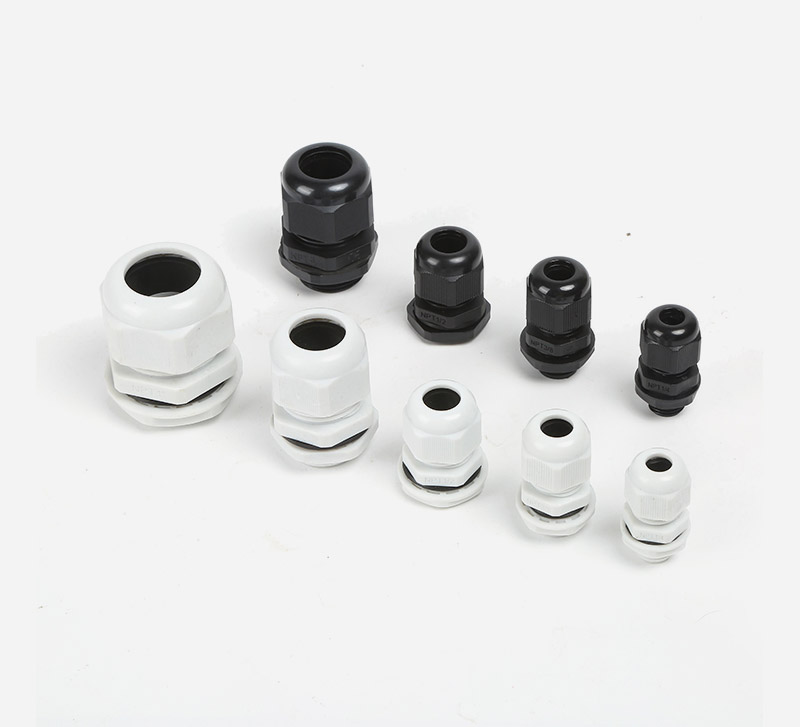What’s the Difference Between Hazardous Area and Marine Cable Gland Materials
The choice of cable gland materials directly impacts system safety and durability in industrial and engineering applications. This Q&A-style guide analyzes material selection for hazardous areas, marine environments, and mobile equipment like van roofs, with a focus on stainless steel cable glands.
Q1: Why Are Specialized Cable Glands Required for Hazardous Areas?
A1:
Explosion Risk: Hazardous areas (e.g., chemical plants, oil fields) contain flammable gases/dust; standard glands may spark and ignite explosions.
Certifications: Must meet ATEX/IECEx standards (e.g., Ex II 2G Ex db IIC T6 Gb) to prevent spark generation.
Grounding: Armored cables require glands with armor clamping to ensure continuous grounding and eliminate static buildup.
Recommended Materials:
Stainless Steel Cable Glands: 316 stainless steel resists corrosion in chemical environments.
All-Copper Core Glands: Excellent conductivity reduces spark risks.
Q2: What Are the Core Requirements for Marine Environment Cable Glands?
A2:
Corrosion Resistance: Withstand saltwater/salt spray (e.g., 1,000-hour salt spray test).
Waterproofing: IP68 rating (30m underwater) and dynamic pressure resistance.
Vibration Resistance: Suitable for ships/offshore platforms.
Installation Tips:
Seaview Cable Gland Installation: Use dual O-rings and thread sealant for airtight connections.
Recommended Materials:
316L Stainless Steel Glands: Superior pitting resistance for long-term underwater use.
Reinforced Nylon Glands: Lightweight for non-armored cables in marine setups.
Q3: What Special Needs Do Mobile Applications Like Van Roofs Pose for Cable Glands?
A3:
Lightweight Design: Reduce vehicle load (e.g., nylon glands are 1/3 the weight of stainless steel).
Compact Fit: Flat-profile stainless steel glands save 50% space on van roofs.
Vibration Resistance: Stress-relief mechanisms prevent cable fatigue during transit.
Innovative Features:
Quick-Lock Mechanism: Install in 5 minutes for frequent adjustments.
Cold-Resistant Materials: Nylon glands tolerate -40°C to +100°C.
Q4: How Do Stainless Steel Cable Glands Perform in Different Scenarios?
A4:
Hazardous Areas: 316 stainless steel glands with armor clamping meet explosion-proof certifications and ensure reliable grounding.
Marine Environments: 316L stainless steel glands pass IP68 testing, feature dual seals, and epoxy resin coatings for corrosion protection.
Van Roofs: Flat-design stainless steel glands with stress-relief systems and epoxy coatings withstand vibration and weather exposure.
Q5: What Are the Future Trends in Cable Gland Technology?
A5:
Smart Glands: Integrated temperature sensors (e.g., WZCHDA Smart Series) monitor cables in real time.
Eco-Friendly Materials: Bio-based PLA nylon glands replace traditional plastics in marine applications.
Modular Solutions: Customizable, quick-install kits for van roofs and other specialized spaces.
Conclusion
Material selection depends on environment: Explosion-proof certifications for hazardous areas, corrosion resistance for marine use, and lightweight durability for mobile setups. Stainless steel glands offer versatility and reliability across scenarios. Proper material and installation choices ensure long-term system safety.







